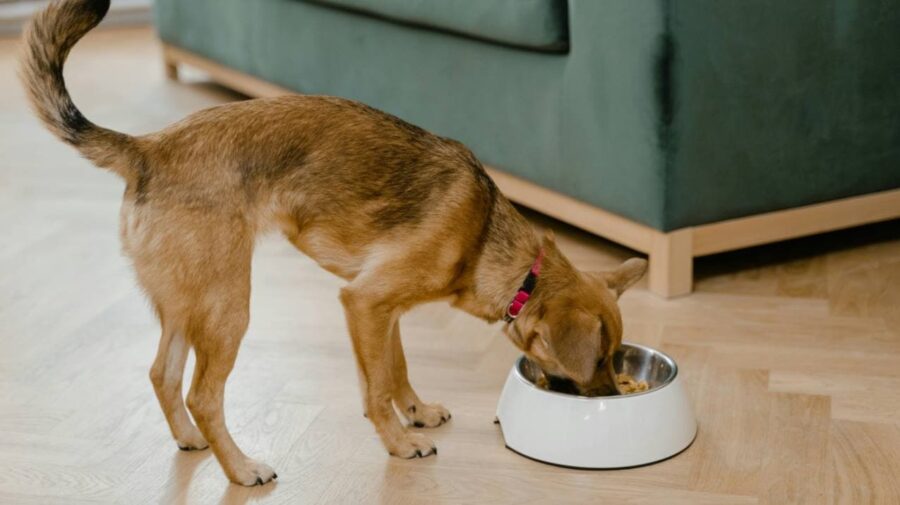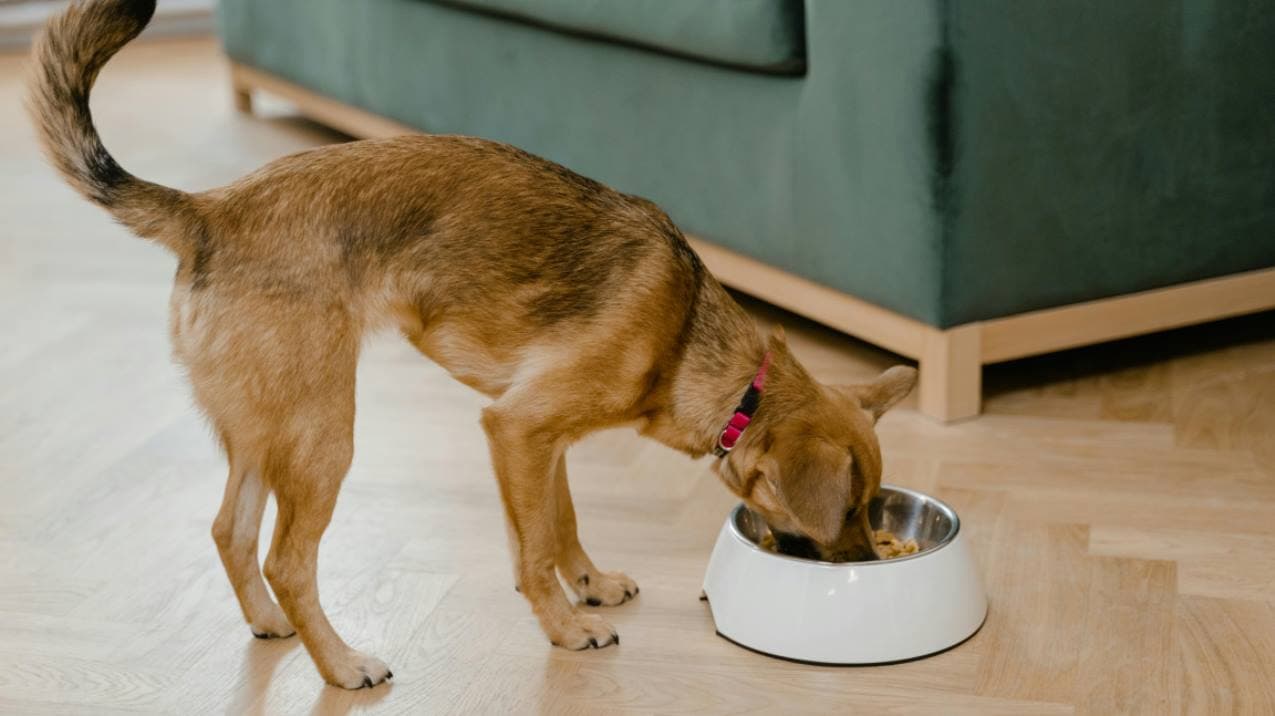
Five top tips for storing pet food
Keep your furry friend’s meals fresh, safe, and nutritious by using these five storage methods

Maintaining the freshness and quality of your pet’s food is crucial for their health and happiness. Proper storage not only ensures that their meals retain their nutritional value but also prevents contamination and spoilage. Here are the five best ways to store pet food effectively:
1. AIRTIGHT CONTAINERS FOR PET FOOD
Invest in high-quality, airtight containers specifically designed for storing pet food. These containers help seal out moisture, pests, and odours, preserving the freshness of the food for longer periods. Look for containers made of food-grade plastic or metal with secure lids to maintain optimal freshness.
ALSO READ: Safe human foods that your pet fish can consume
2. KEEP PET FOOD IN A COOL, DRY PLACE:
Store pet food in a cool, dry area away from direct sunlight. Avoid places with fluctuating temperatures or high humidity, as these conditions can accelerate food spoilage and promote the growth of mould and bacteria. A pantry or cupboard indoors is an ideal location for storing pet food.
3. CLEAN AREA FOR STORING PET FOOD
Before transferring pet food into storage containers, ensure that the containers and storage area are clean and dry. Wash containers regularly with hot, soapy water, and allow them to dry thoroughly before refilling them with fresh food. Keeping the storage space clean helps prevent contamination and maintains food quality.
ALSO READ: Human foods that are poisonous for pets
4. CHECK EXPIRY DATES:
Always check the expiration dates on pet food packaging and adhere to them strictly. Discard any expired or stale food to avoid feeding your pet potentially harmful substances. By regularly switching out old food with new ones, your pet will always have fresh, good meals to enjoy. As PetMD suggests, although pet food doesn’t spoil immediately after the expiry date, it’s best not to buy excessive amounts. Instead, purchase new food every four to six weeks.
ALSO READ: A guide to feeding your pet fish
5. AVOID CROSS-CONTAMINATION:
Keep pet food separate from human food to avoid mixing. Use special containers for pet food and store them away from human snacks. Furthermore, this keeps food safe and reduces contamination.
By following these top five methods for storing pet food, you can ensure that your furry friend’s meals remain fresh, safe, and nutritious for them to enjoy. Proper storage is an essential aspect of responsible pet care, promoting their well-being and longevity.
Remember, if you have any concerns about your pet’s diet or health, consult your veterinarian for personalized advice and recommendations tailored to your pet’s needs.
CLICK HERE TO READ MORE ARTICLES BY DUMANI MOYO
Artificial Intelligence assisted in compiling this article.
